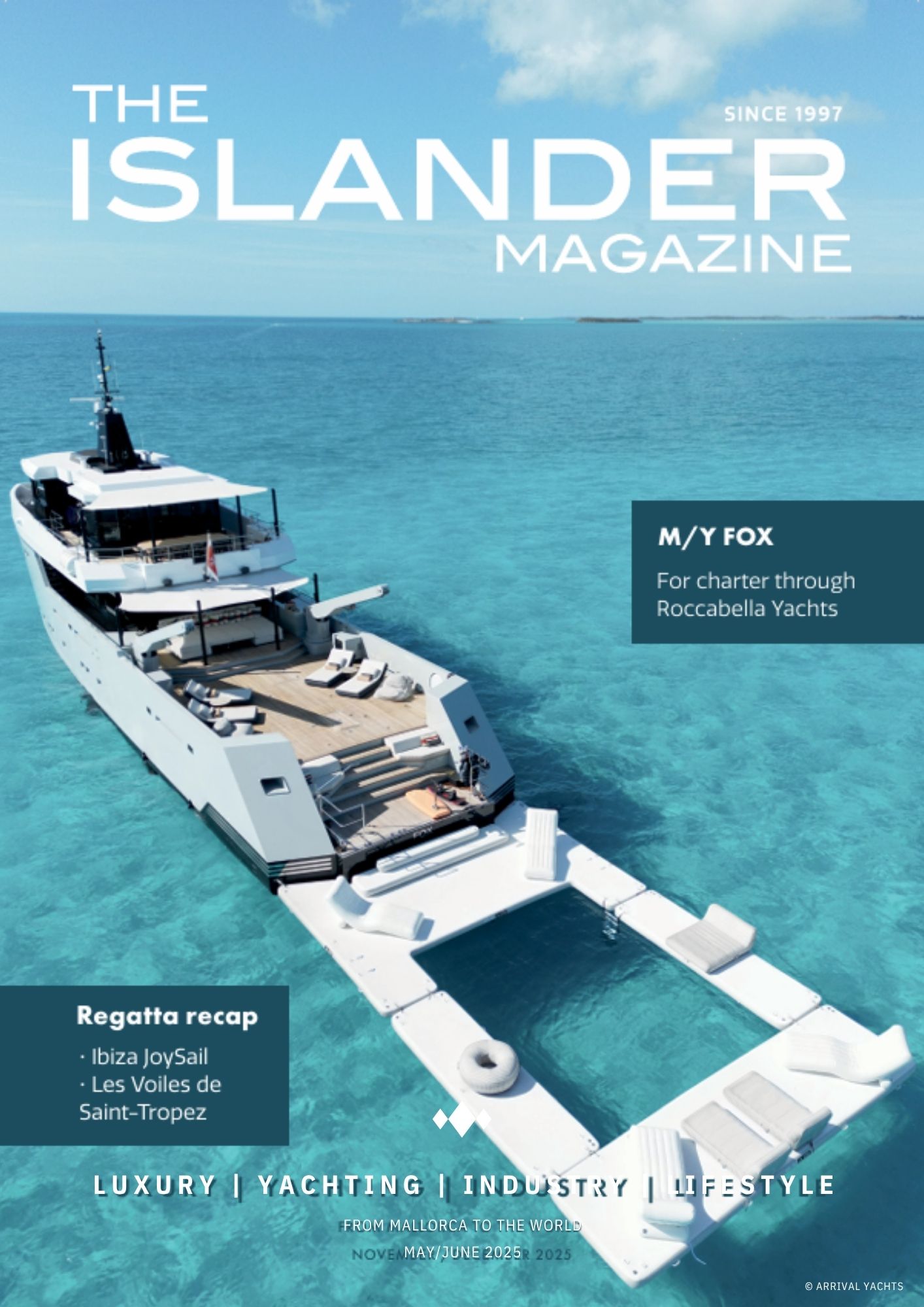In November, I had the privilege of speaking on two thought-provoking panels at METSTRADE, each tackling critical issues shaping the future of yachting. The energy in the room was palpable, as leaders from across the industry came together to share insights, challenges, and a collective vision for progress.
While my next piece will focus on the mental health panel, today I want to dive into the leadership discussion: Driving Professionalism – Empowering Leaders: Turning Leadership Challenges into Growth and Excellence.
This panel wasn’t just about discussing problems—it was about finding tangible, actionable solutions to redefine leadership in yachting.
Defining leadership in yachting
One of the recurring themes in our discussion was the lack of a clear, unified definition of leadership within the industry. Unlike corporate sectors, where leadership frameworks are well-established, yachting still operates in fragmented silos. This lack of alignment creates challenges, particularly when shoreside and onboard expectations don’t match. Without clear leadership benchmarks or consistent training opportunities, they’re left to rely on intuition—sometimes successfully, sometimes not. This inconsistency is where the problem lies.
The solution? Industry-wide benchmarks for leadership. Imagine a captain being equipped with tools, where they can measure their growth and impact. By tying leadership to key performance indicators such as guest satisfaction, operational efficiency, and crew retention, we can finally create a standard that drives excellence. These audits, coupled with fit-for-purpose compliance tools, could hold shore-based employees and crews accountable.
Attracting, retaining, and growing leaders
Yachting is flooded with crew looking for employment. The question is, are crew adequately trained and do they have the EQ to perform in their role at an exceptional level?
On another note, compared to industries like aviation or hospitality, we lag behind in attracting and retaining top performers. Why? Because there’s often no clear pathway for growth. Crew members frequently express frustration about the lack of mentorship or training opportunities, which leads them to leave for industries that offer more.
What if we could change that? Imagine targeted recruitment campaigns showcasing yachting not just as a job but as a career with unlimited potential. Picture a mentorship program where seasoned leaders guide junior crew members, or a performance-based reward system that incentivizes growth. These aren’t lofty ideas—they’re tangible steps that can transform the way we attract and retain talent.
Guiding principles of leadership
Strong leadership in yachting isn’t just about managing tasks; it’s about fostering a culture of care and collaboration. Yet too often, silos create barriers, and valuable information slips through the cracks. For example, a shoreside yacht manager may miss critical feedback from crew members simply because the communication channels aren’t robust enough. This disconnect can lead to frustration, inefficiencies, and ultimately, poor service delivery.
To address this, we discussed creating a continuum of care—a model where communication flows seamlessly between crew, managers, and owners. Imagine a yacht management company with a dedicated manager for every five yachts, building genuine relationships with crew and creating a bridge between onboard and shoreside operations.
The role of yacht owners and their representatives
One of the most striking points from the discussion was the critical role yacht owners play in fostering leadership. Owners who invest in their crew see tangible returns—reduced turnover, higher morale, and improved operational efficiency. Yet many remain unaware of the financial and emotional impact of poor leadership on their investment.
Consider an owner hesitant to allocate a training budget, thinking it’s an unnecessary expense. What they may not realize is that leadership training directly impacts crew satisfaction and performance. Educating stakeholders on the business case for leadership—such as the cost savings from reduced turnover—can shift this mindset. For instance, presenting case studies where leadership programs led to increased productivity and happier crew could make all the difference.
Accountability: turning ideas into action
Finally, I believe we have a need for accountability. Too often, well-intentioned initiatives lose momentum because there’s no system to track progress or enforce standards. At The Crew Coach we offer a third party solution which includes a collection of surveys to analyse the human dynamic on board and provide bespoke solutions rather than a blanket approach.
The surveys are geared to assess crew well-being and leadership effectiveness.
Moving forward together
What stood out most during the panel was the shared passion for creating a better future. Leadership in yachting is not just about meeting operational demands—it’s about inspiring growth, fostering resilience, and building a culture of trust.
The ideas we discussed aren’t just theoretical. They’re practical, achievable steps that can elevate the industry. By defining leadership, investing in talent, fostering collaboration, and holding ourselves accountable, we can create a yachting culture where people—and performance—thrive.
The next steps are clear: We need to work together to turn these insights into action. I’d love to hear your thoughts—how do you envision the future of leadership in yachting? Let’s start a conversation and build the future we want to see.
























0 Comments